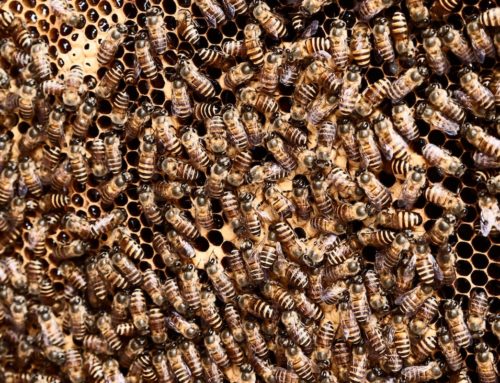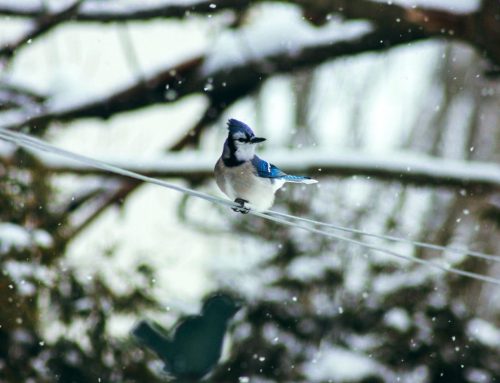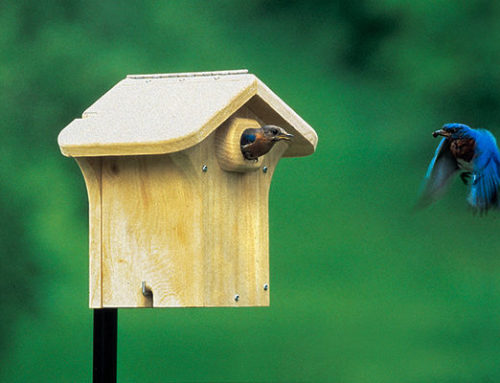Once, at a local veterinarian, I saw a cartoon that read, “When you call a dog, he comes right to you for a treat… But when you call a cat, he’ll take a memo.” You have to love these independent, self-content creatures that wander in and out of our lives and who allow us meager humans to service their needs.
But should you keep your cat indoors for 100% of its life? Shouldn’t Fluffy enjoy the exercise and fresh air of a life outdoors? Isn’t it inhumane to curtail such independent tendencies and hunting instincts?
This is a topic that sparks debate at any time, and at every cocktail party. We love our pets and want what’s best for them, yet our neighbors don’t necessarily appreciate our intentions nor the “presents” of dead birds, mice, or poo left in their yards.
Beyond the impact on neighbors and friends, there are also other serious considerations for keeping your cat indoors:
- Cats live longer when kept indoors – According to an article by WebMD, “Cats who are kept indoors can reach the ripe old age of 17 or more years, whereas outdoor cats live an average of just two to five years.”
- Indoor cats are healthier – Because outdoor cats are exposed to so many other animals, including other cats, they tend to acquire and pass on such infectious diseases as feline leukemia, feline AIDS and upper respiratory infections among other serious conditions.
- No parasites — Indoor cats are not exposed to, nor bring parasitic problems into the home. Creatures like fleas, ticks, and intestinal worms can be transmitted from your pet to your family, and once in your home can be difficult to eradicate, according to the American Humane Association. While these problems are not generally life threatening, who really wants to live with the itching, scratching, diarrhea and other unpleasantness brought on by hosting such pests?
- Safe from cars — And there is always the traffic safety issue – when we throw our hands up and say things like “I have no control over Buster” as we let him out to roam the neighborhood, we buy into the idea that Buster has the knowledge and skill sets to stop, look, and listen before crossing streets, or to stroll along sidewalks instead of in lanes of oncoming traffic. The Lost Pet Research and Recovery organization found that over 50% of outdoor cats that suddenly and unexpectedly died, did so from traffic accidents. Remember, we said before cats don’t even tend to come when called. How can we expect them to understand human rules of the road?
- No becoming prey — Last, and possibly most horrifying is that outdoor cats can easily become prey for larger animals such as big dogs, coyotes, foxes, raccoons—and even humans who dislike our furry friends. The cats return to our homes seriously injured, and sometimes so harmed that the kindest thing is to put them down. As pet owners are finding the cost of vet visits ever-increasing, isn’t it wise to avoid emergency visits caused by this horrible situation for your pet?
Okay. Let’s say you decide that keeping Junior as an indoor cat is important. You’re torn, however, over how he can get out for a little fresh air but be kept safe at home. Is there a good compromise?
Absolutely. Many homeowners are choosing the option to create outdoor kitty kennels, which have multiple levels of fun and exercise, but keep your cat safe. These kennels can fit nicely into a corner of your yard or on your deck, giving you respite from guilt over how a cat should be able to be outdoors, and the grief involved when bad things happen to good outdoor cats.
There are several options for ready-made, and pet-safe kennels that you can research on-line. Cages by Design seems to have a good array of options that would work well. Here are some items that a good outdoor cat kennel might include:
- A pet door into your home
- Litter box
- Food and water trays
- Two to four levels for climbing and exploring
- Cat toys
- Scratch posts
- Pet safe materials, like plastic coated wire that allows your kitty to see outside but won’t rust
- Shade or “hiding” places
- Soft surfaces for that all-important cat nap
So, if you’ve been “on the fence” about whether to keep Tabby in the house or risk letting her roam, a cat enclosure may be the option for you.
Wishing you a safe and happy fall season with your pet.
(Photo by Jamie McCaffrey)





Leave A Comment